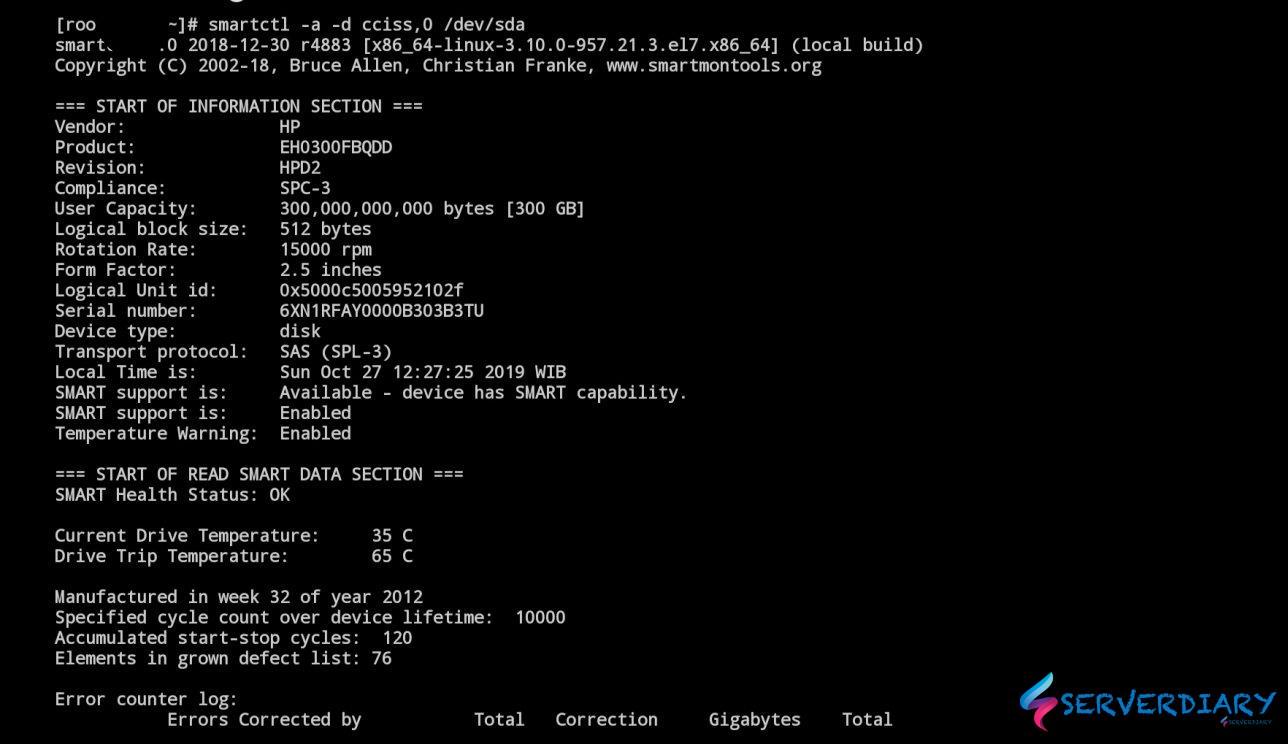

# Remove the original cache dir along with all its contents Let’s take Chrome as an example: # Create a cache directory below /tmp

I didn’t notice this causing any inconvenience. Once moved into /tmp, which we placed on a RAM drive in step 6, it will be cleaned up after each reboot. While you’re surfing the web, your browser creates myriads of small files in its cache. To drastically reduce swap usage, add the line below to your /etc/nf: vm.swappiness=1 To have it done automatically, add the following to /etc/rc.local: for d in fsck apt installer upstart dist-upgrade samba unattended-upgrades cups mpd hp lightdm do Next to that, you need to recreate the initial directory structure after each reboot. Size limit for the log partition is set here to 10 MB, which is usually well enough. To do that, add the following line to /etc/fstab: tmpfs /var/log tmpfs defaults,noatime,nodiratime,size=10000000 0 0 If you don’t mind your log files disappearing after each reboot, go ahead and offload them to a RAM drive. Program log files can be updated incredibly often, which definitely doesn’t extend your SSD’s life. The change becomes effective after reboot. The size=50% parameter limits the maximal drive size to half of the installed physical RAM (it’s also the default). To create a RAM drive, add the following to your /etc/fstab: tmpfs /tmp tmpfs defaults,noatime,nodiratime,mode=1777,size=50% 0 0 tar.gz archive), and if the RAM drive runs out of space, it can result in an unpredictable behaviour. Be aware, though, that some programs may want to put a really big file there (e.g. It makes it a perfect candidate for a RAM drive. At the same time, it’s automatically cleaned after every reboot. The /tmp directory is frequently used by programs for temporary storage. If you use another distro, make sure you have something like this. Ubuntu is shipped with a weekly scheduled TRIM out-of-the-box (using /etc/cron.weekly/fstrim).

The TRIM command helps the SSD to recycle discarded data. The changes become effective after a reboot. So the root directory entry in /etc/fstab could look like this: UUID=12345678-90ab-cdef-0123-4567890abcde / ext4 errors=remount-ro,noatime,nodiratime,commit=60 0 1 However, that comes at a risk of data loss should the system go wild. All the changes accumulated during that period will be written in one go. commit=60 - sets a write delay interval to 60 seconds.noatime - prevents updating of file metadata on each read operation (also recommended for a regular HDD).I advise using the following mount options for SSD partitions: This leads to write amplification and can negatively impact SSD lifetime.
#UBUNTU CHECK SSD HEALTH FREE#
If your drive is almost full, the system can experience big difficulties with allocating a free page. I recommend to have at least 8 GB of RAM, 16 is even better. Allows to allocate a part of it for a RAM disk.Enough RAMĪ sufficient amount of physical memory (RAM) is a must, because it: Use it unless you have a strong reason not to. The ext4 filesystem is the most mature and common in Linux world. Even though a modern SSD allows for millions of write-ops, it’s sensible to extend its lifetime and increase overall system performance by some tuning.ĭebian website gives a number of good advices I’ll tell you about optimisations I’ve made to my system (Ubuntu 14.10 Utopic Unicorn). They have downsides, too-a high price (which can hardly be addressed) and a limited lifetime, or, more precisely, number of write operations (number of read operations is virtually unlimited). 500 MB/s if connected via a 6 Gbps SATA III) and completely silent. These drives are very fast (read throughput is usually ca. In my last post I told you about upgrading an iMac with a solid-state drive (SSD).


 0 kommentar(er)
0 kommentar(er)
